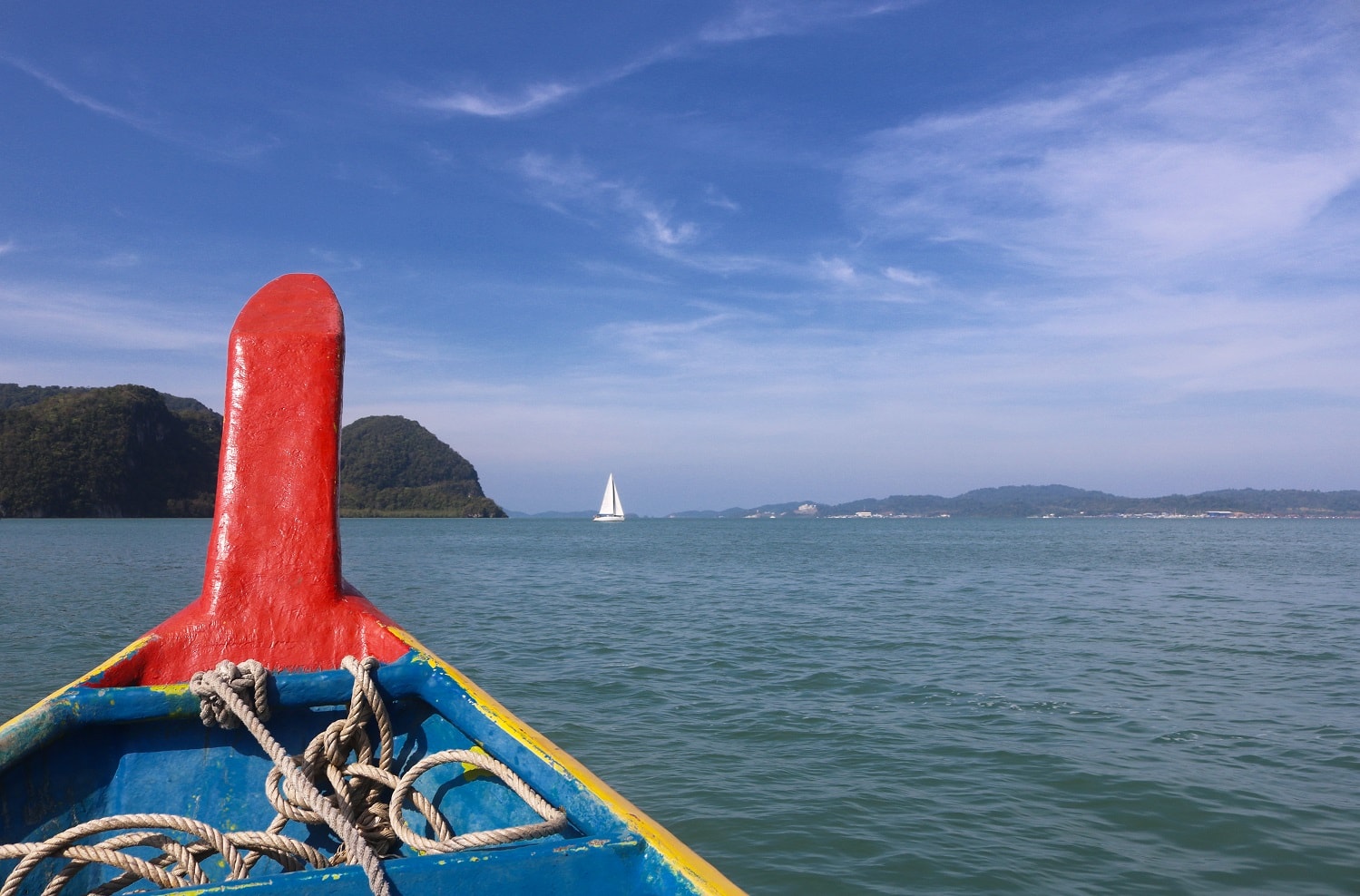Unbeknownst to many, Pulau Tuba (Tuba Island) is one of the four populated islands of Langkawi’s 99-island Archipelago. TC Gerrard, in conjunction with The Island Drum, Langkawi, finds that it’s like stepping back decades into what was once the lifestyle of Langkawi.
Located five kilometres southwest of the Kuah Jetty, Tuba Island is only a 15-20 minute boat ride away. Tuba Island, unlike its larger neighbour, has seen little development for the tourism industry. With its quaint villages, lush jungle, and sandy deserted beaches, the laid-back lifestyle may not be for everyone.
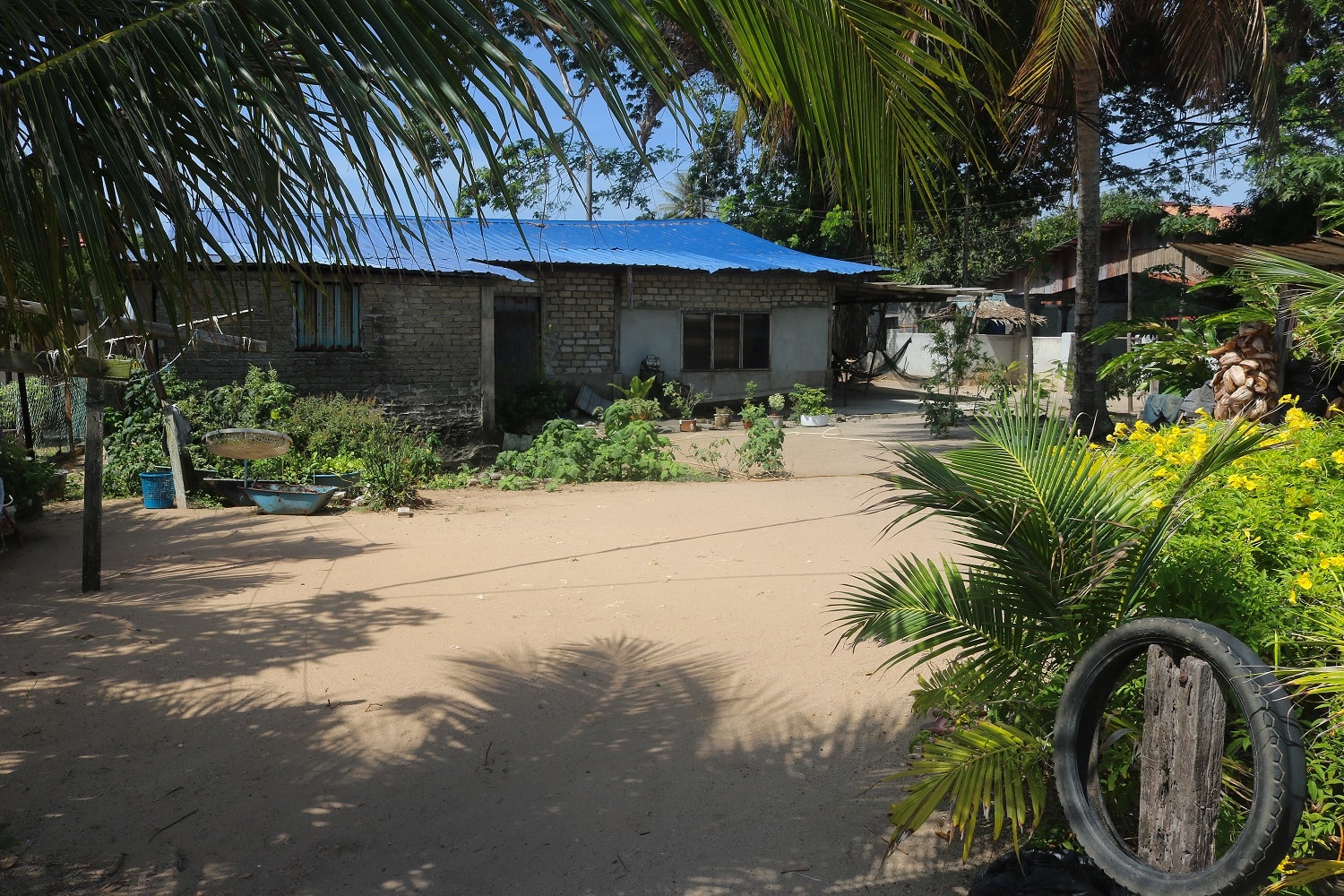
Named after the Tuba plant which is a species native to the island, Pulau Tuba is primarily a fishing and farming community. It is a charming mix of traditional kampung life peppered with a few conveniences of modern times. Although ‘traditional’ homestays are still available, more accommodation options have raised the bar for an island experience over the years.
In addition to its unique Malaysian charm and abundance of nature, it’s also part of the Dayang Bunting Marble Geoforest Park. This often gets the two neighbouring islands of Dayang Bunting and Tuba clumped together as one island and which can make it confusing. The two islands are connected by a bridge. However, Tuba Island has its own unique charm and a more agriculture based economy.
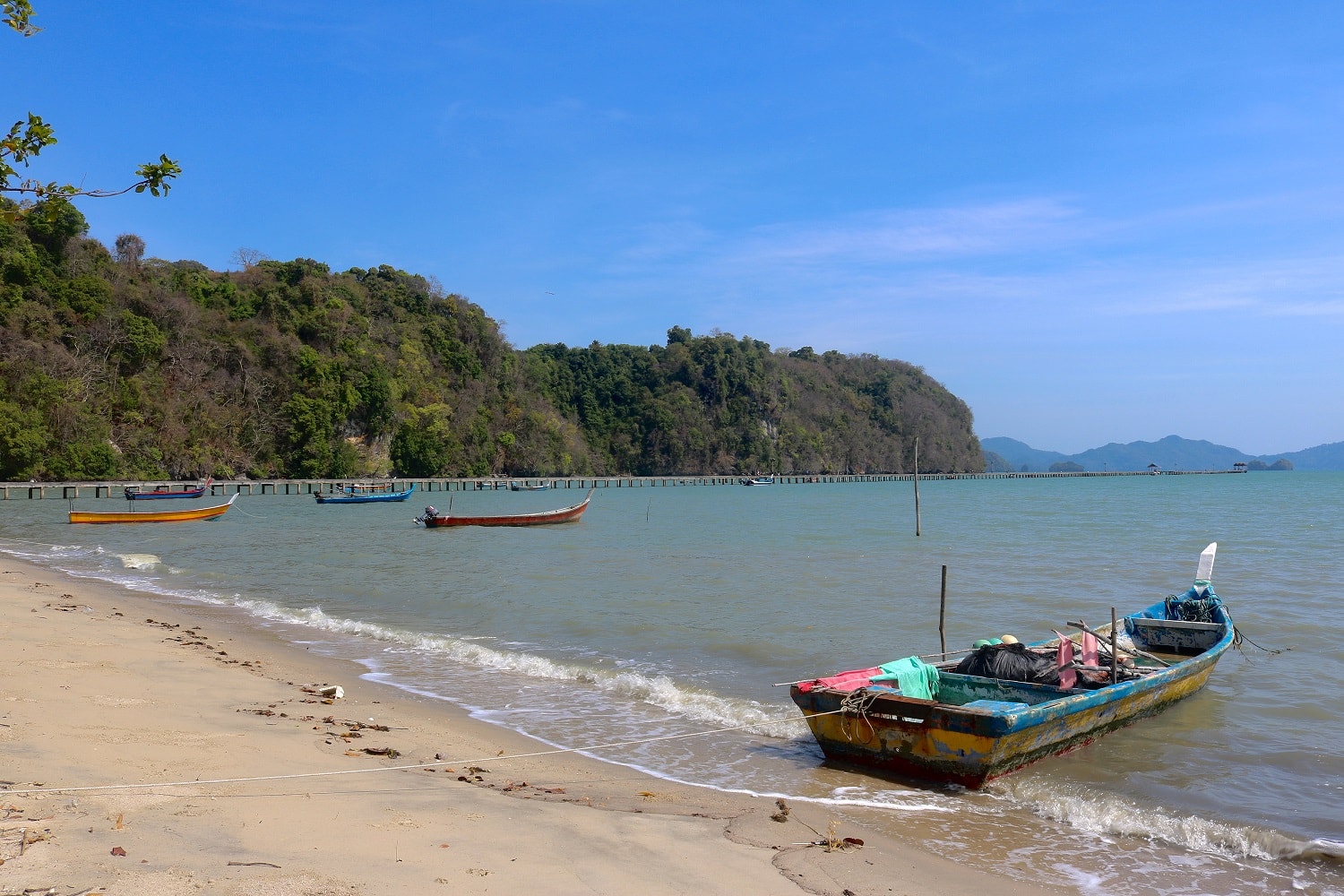
The most direct and economical way to Tuba Island is from the Marble Jetty which is located between the Kuah Ferry Building and the Royal Langkawi Yacht Club. The cost is RM5 per person, each way or about RM75 per boat. The boats which leave there have no set time schedule, and is based on a first come first served situation with a preferable passenger number of 15. If traffic to the island is slow and you grow tired of waiting it is often possible to buy a few extra seats to get the ferry on its way.
Once you arrive on Tuba Island the simplest mode of transport is to rent a motorbike. Taxis are available but it recommended arranging one to meet you before leaving the mainland. You can also bring a bicycle on the ferry for an additional small fee. For the day tripper exploring the island by bicycle or motorbike gives you a glimpse of the simple life of the island.
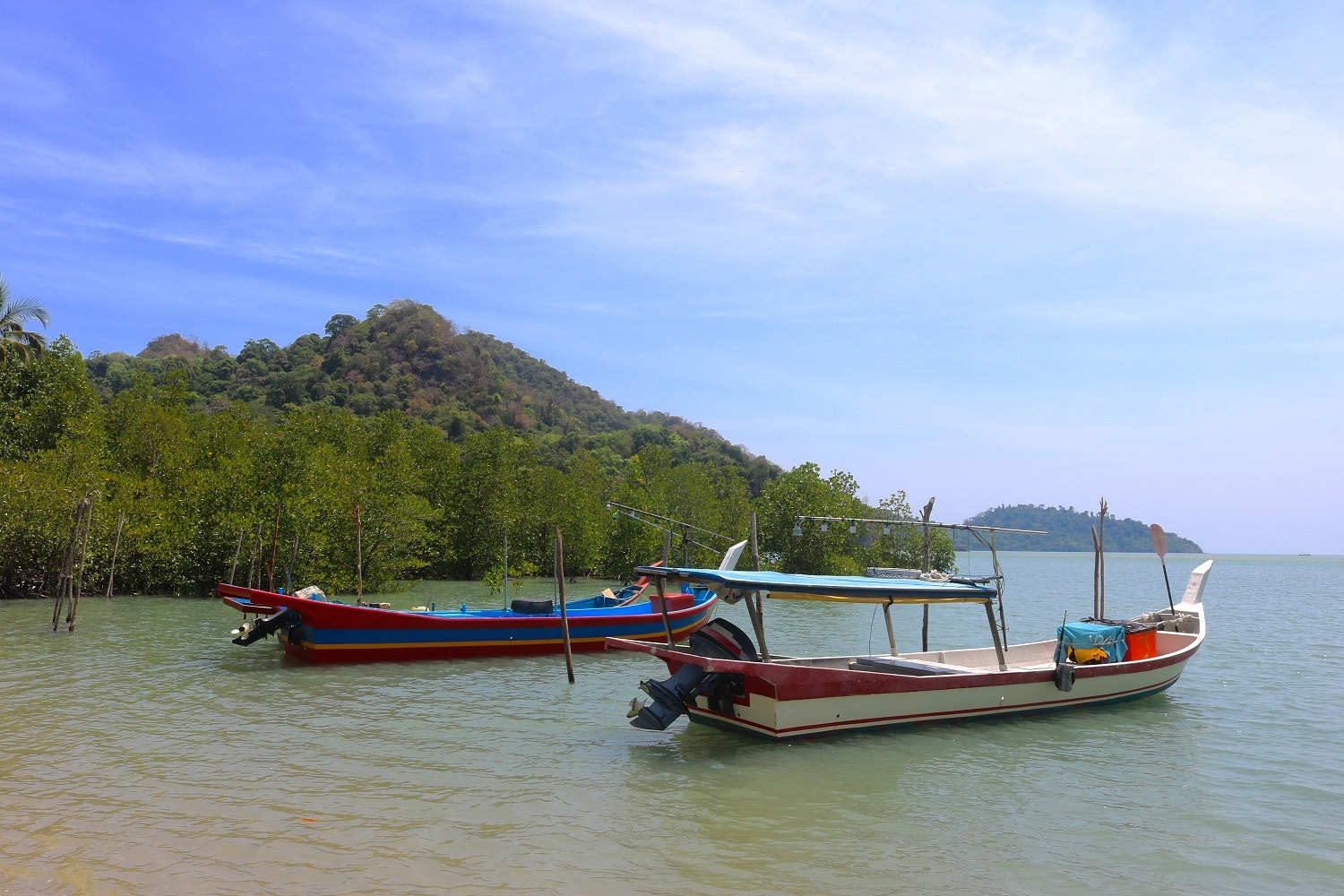
A leisurely ride through the fields and rubber plantations, a stop to swim and relax on the beach, and chatting with locals over lunch makes a day trip well worthwhile. However, beware that you need to be back in time to catch the last return ferry. Check with the ferry operator upon arrival to confirm the departure time of the last ferry, just to be on the safe side.
Exploring Tuba Island
Even if you are not a jungle trekker, a short hike through the Permanent Forest Reserve is worth the effort. Finding the entry may be a challenge as there is no official sign visible from the road as of this writing. There is, however, a striped road sign adjacent to a small narrow leaf strewn road. This rustic road leads through a Rubber Tree plantation where it ends at the entry to the reserve.
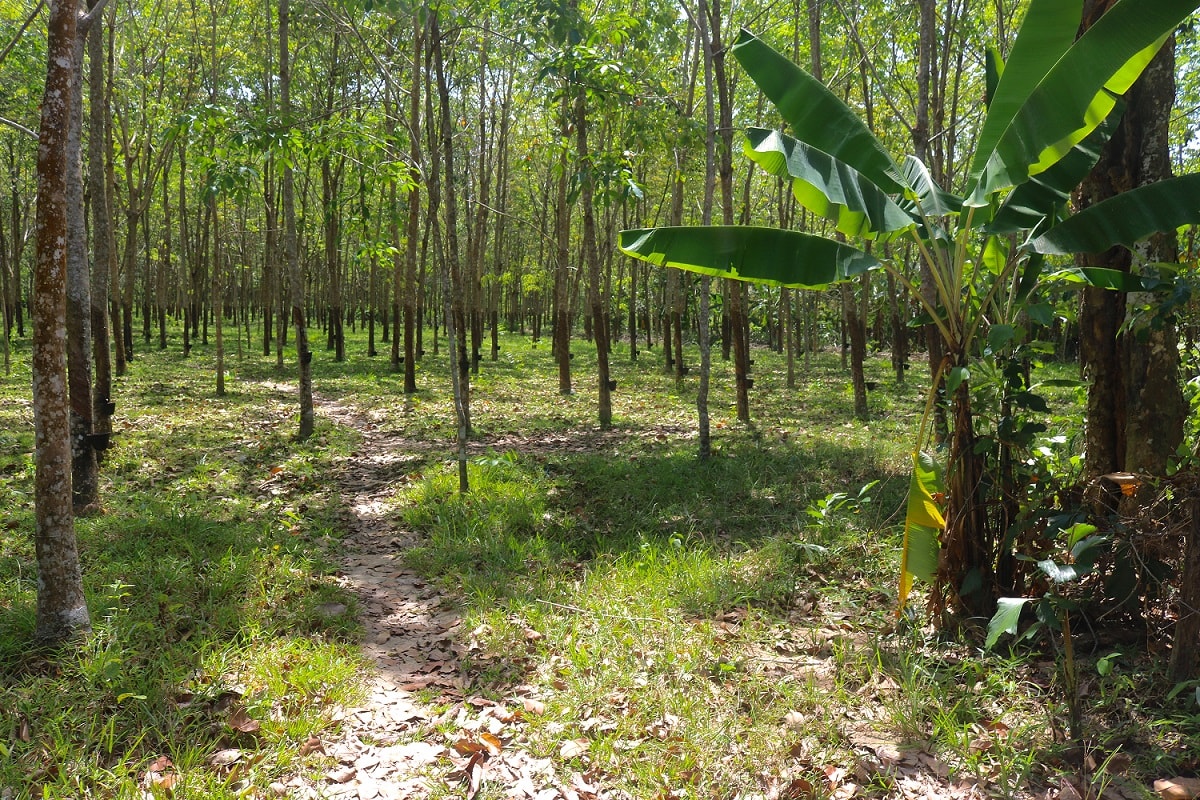
Ascending the concrete steps, you will reach a wooden walkway which takes you through the jungle. The walk offers panoramic views of the forest and surrounding ancient rock formations. In addition to the diverse jungle flora, spotting wildlife is not uncommon. The area is often referred to as ‘the Valley of the Bees’ as there are often bee hives hanging from the steep jutting cliffs.
For the more adventurous look for the signs indicating the trial to the nearby Gua Wang Buloh. This cave is one of two caves on Pulau Tuba that villagers escaped to when the Japanese military arrived. It has been said that some lived in the caves for over a month to avoid subservience to the Japanese occupiers. The rock-strewn trail leading to the cave is a bit wild in places with sizable cliff drops along the way. Unless you are in adequate physical shape, the steep and rugged trail combined with the jungle humidity may be too taxing.
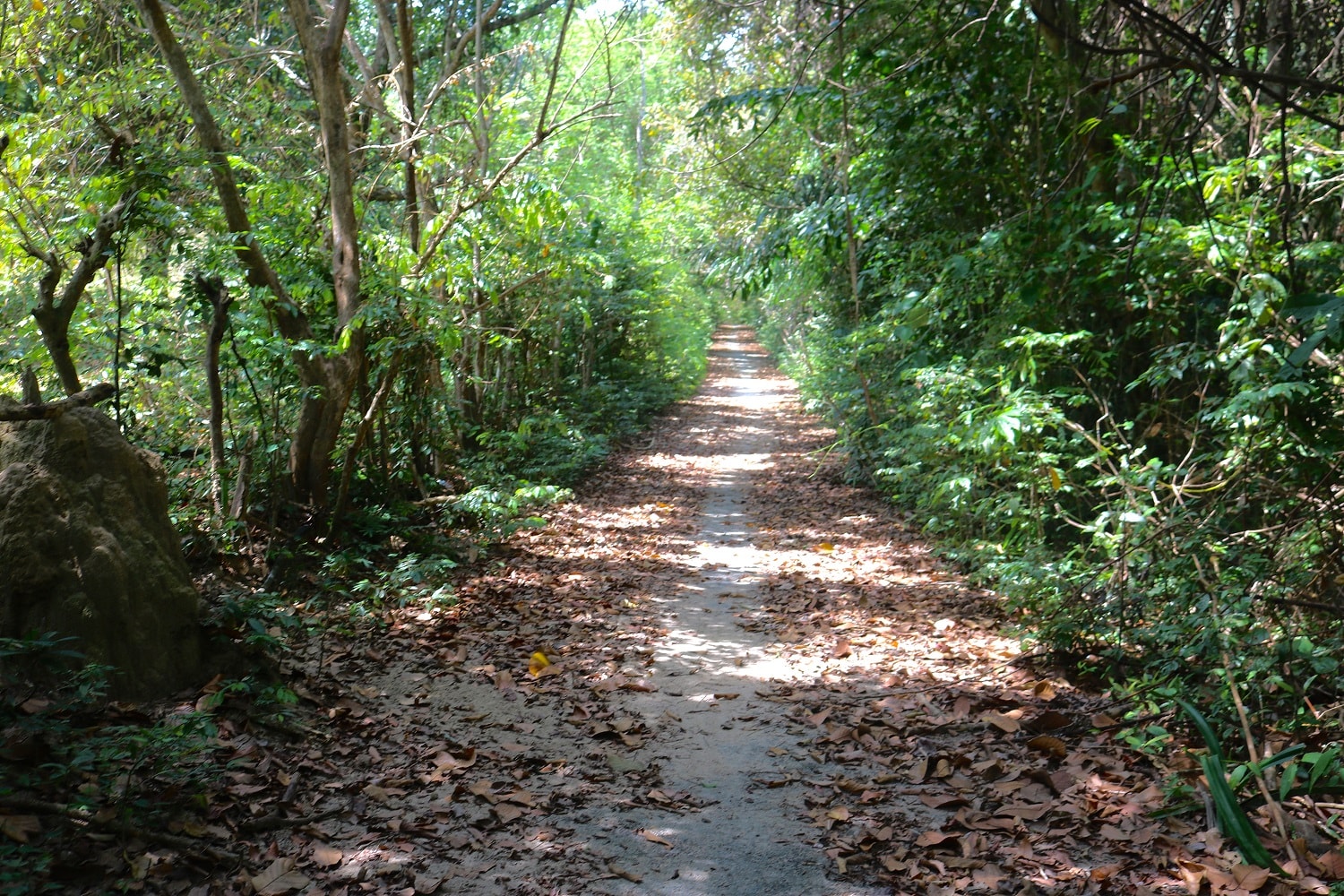
Use caution as you enter the cave as it can be slippery and there are plenty of stalagmites and stalactites to navigate around. As you peer across the cave, don’t be surprised to see what appears to be the silhouette of a person. This interesting rock formation is referred to as Guan Yin by some and ‘The Praying Man’ by others. Upon closer inspection, the human form quickly disappears to become a clump of rocks. A very sketchy observation platform is next to the statue but it has many loose and rotten boards. It is a very steep drop from the platform so again exercise extreme caution!
At least two winged creatures call this cave home. Bats and Swiftlets. In flight, it may be difficult to tell the two apart. The bats will generally be ‘hanging out’ literally in a slightly darker part of the cave. Swiftlets, are the producers of the nests famously known as the main ingredient of Bird’s Nest Soup. The nests are made primarily from bird saliva but revered for their health benefits.
Fishing Excursions
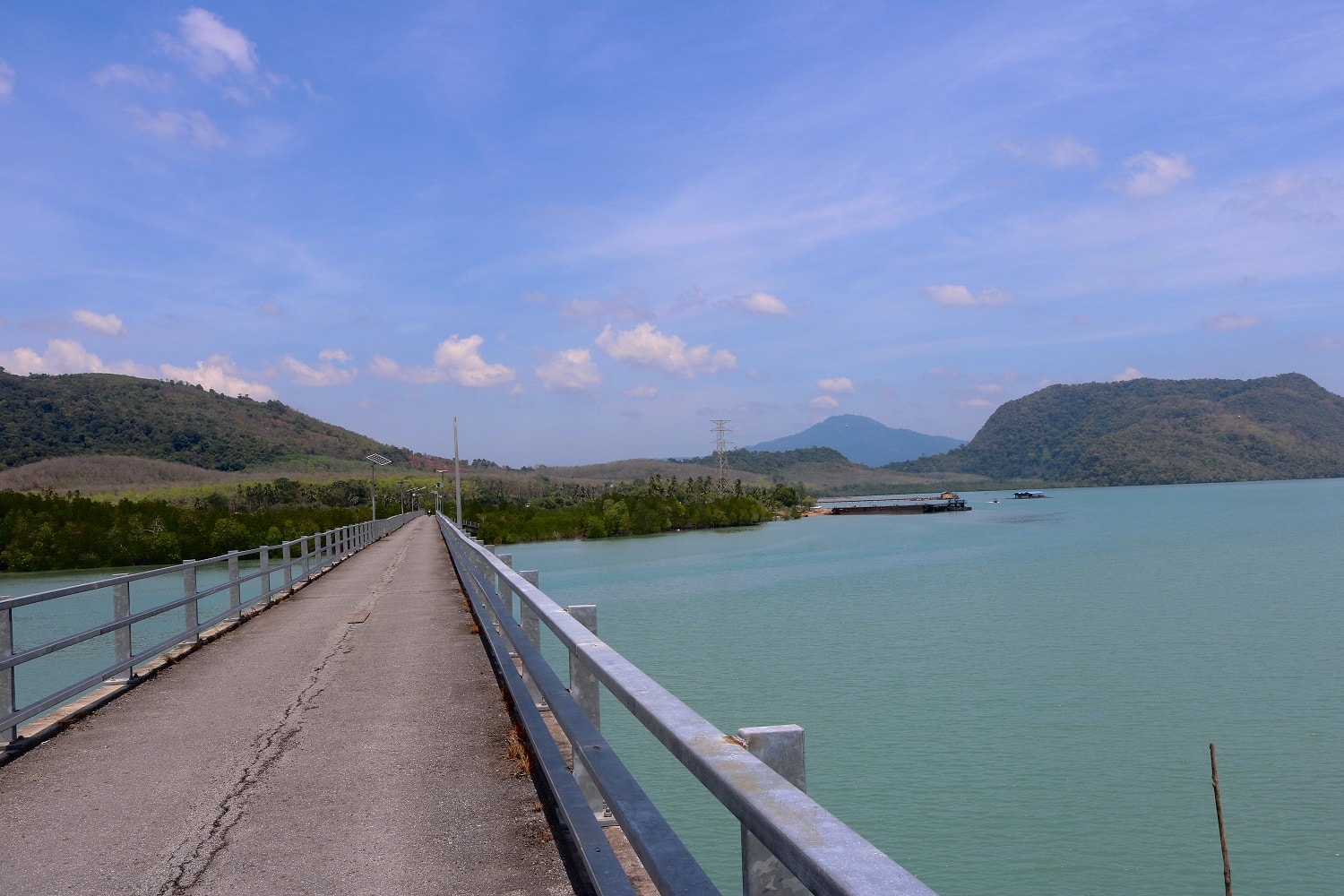
The waters of Pulau Tuba are a fisherman’s dream. By bringing your own fishing tackle you will have the options of fishing from the beach or from one of several jetties. Once you arrive on Tuba island you can also arrange for a local fisherman to boat you to the choice fishing spots in and around the island. Ask at the Pulau Tuba Jetty or make arrangements at a local hotel. There is also the option of arranging a fishing trip to and around Tuba Island from The Marble Jetty on Langkawi.
Kayaking and Cycling
Though kayak or bike rentals are not readily available on Tuba Island at the Tuba Jetty, they can be arranged through one of the small local hotels.
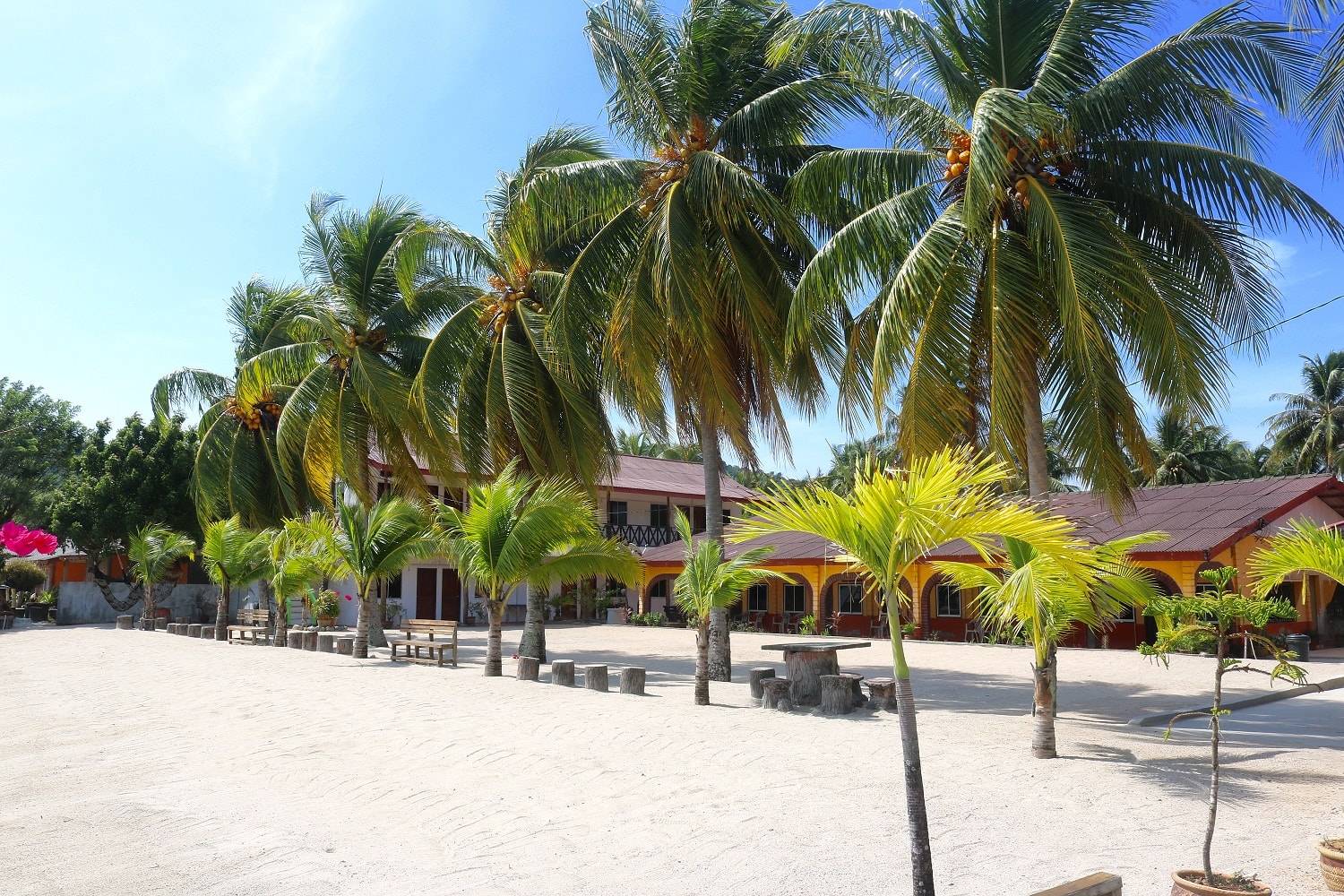
If you are looking to stay overnight or even a few days on Tuba Island the Faridazuan Motel has been in the accommodation business for years. Their motel grounds and adjacent beachfront are kept immaculate and their rooms are practical, clean, and spacious. Their easy to reach location and gorgeous sea view makes this motel a perfect option for an overnight or extended stay.
In addition, just down the beach is popular Tuba Beach Resort with its colourful waterfront chalets, and the resort even boasts a swimming pool. The Tuba Beach Resort also offer kayaks and local sightseeing tours to their guests.
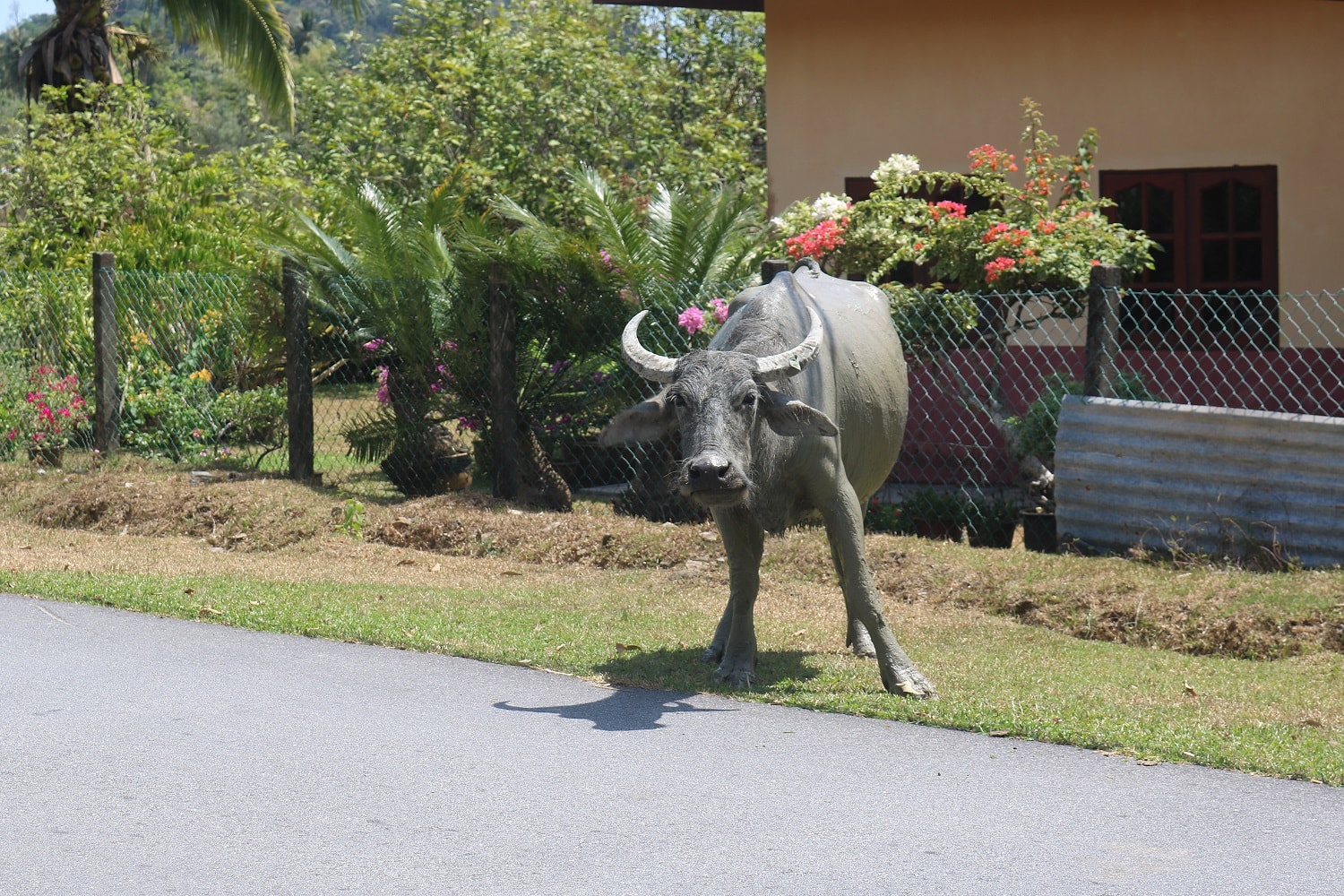
Pulau Tuba is a hidden gem of the Langkawi archipelago. Its lack of development over the years retains the ambiance of a simpler time when our lives were more uncluttered by the frantic modernity of today.
* This originally appeared in The Expat magazine, August 2018.
"ExpatGo welcomes and encourages comments, input, and divergent opinions. However, we kindly request that you use suitable language in your comments, and refrain from any sort of personal attack, hate speech, or disparaging rhetoric. Comments not in line with this are subject to removal from the site. "


